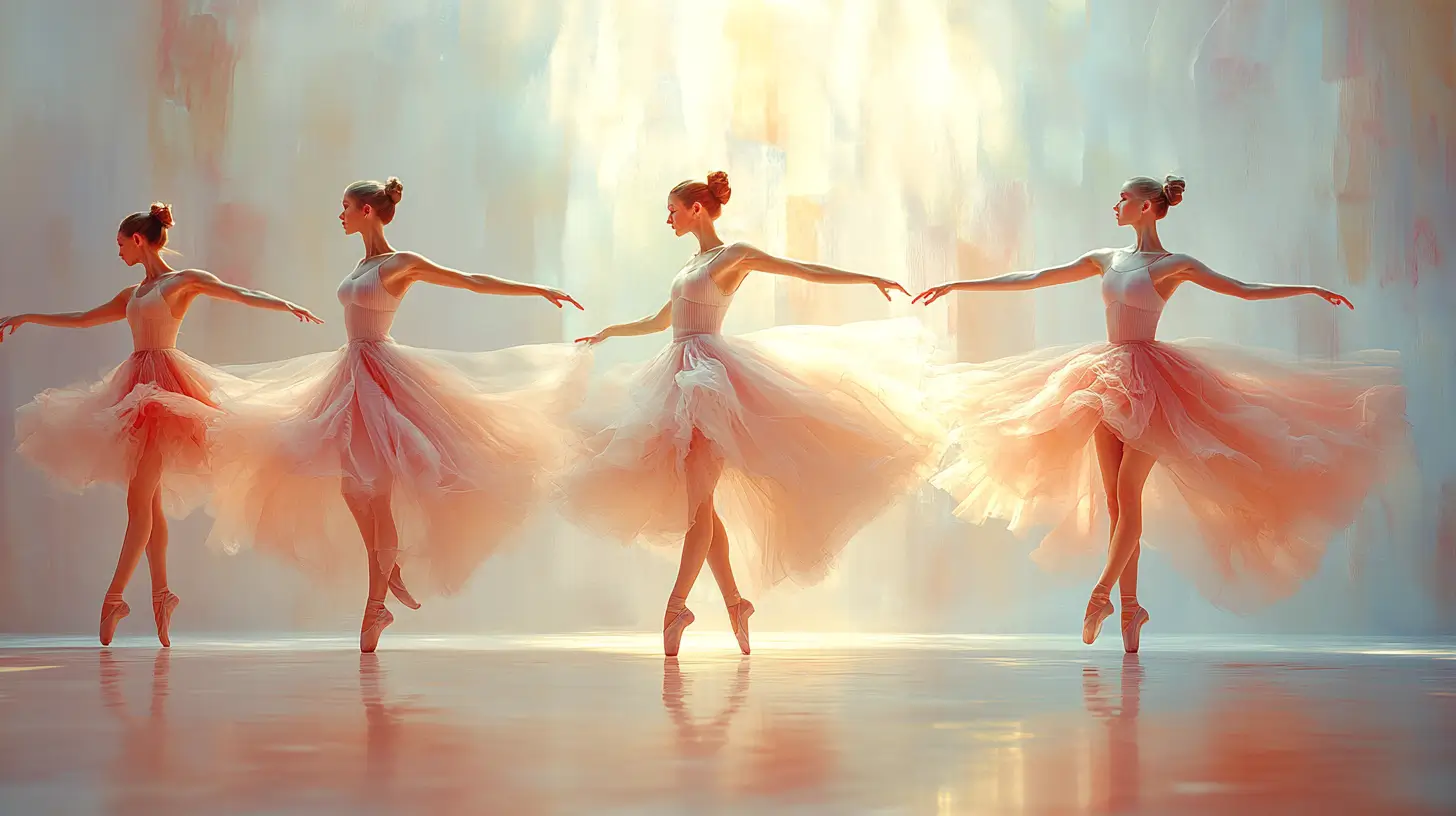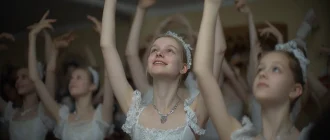Ballet comes in many styles, each with unique techniques and history. Are you curious about ballet history, the various types of Ballet, and the major styles? This article explains the main styles, from classical to contemporary, and their differences.
Key Takeaways
- Classical Ballet is the foundation of all ballet styles, emphasizing elegance, precision, and the mastery of basic positions critical for technique.
- Romantic Ballet, characterized by emotional expression and dramatic storytelling, introduced fluid movements and the use of pointe shoes, influencing contemporary performance.
- Neoclassical and contemporary Ballet represent modern adaptations of traditional Ballet, focusing on minimalism, innovative choreography, and integrating modern dance elements in ballet performances.
Art de Podcast
| Type of Ballet | Characteristics | Origin | Popular Examples |
|---|---|---|---|
| Classical Ballet | Traditional style, emphasizing technique, elegance, and strict body alignment, includes elaborate costumes and storytelling. | 17th-century France | Swan Lake, The Nutcracker, Giselle |
| Romantic Ballet | It focuses on love, beauty, and mysticism, often characterized by light, airy movements and longer tutus, also known as romantic tutus. | 19th-century Europe | La Sylphide, Giselle, Coppélia |
| Neoclassical Ballet | A streamlined version of classical ballet, with less focus on narrative and more on complex musicality and modern themes. | Early 20th century | Apollo, The Four Temperaments |
| Contemporary Ballet | Merges classical ballet with modern dance techniques, emphasizes freedom of movement, and explores emotional depth. | Late 20th century | In the Middle, Somewhat Elevated |
| Character Ballet | Integrates folk and cultural dances into ballet, often incorporating traditional costumes and music to represent cultural identity. | Eastern Europe | Don Quixote, The Flames of Paris |
| Balanchine Ballet | Developed by George Balanchine, this style emphasizes speed, musicality, and minimalist sets, often breaking traditional ballet conventions. | 20th-century America | Jewels, Serenade, Concerto Barocco |
| Postmodern Ballet | Emphasizes experimentation and abstraction, often incorporating multimedia elements and unconventional settings, and challenging traditional ballet norms. | Late 20th century | Cacti, Petite Mort |
| Jazz Ballet | Fusion of ballet technique with jazz dance, incorporating dynamic movements, syncopated rhythms, and often lively music. | 20th century | An American in Paris |
| Experimental Ballet | Pushes boundaries of traditional ballet with avant-garde choreography, unique costumes, and exploration of unconventional themes. | 21st century | Works by Wayne McGregor, Crystal Pite |
| Minimalist Ballet | It focuses on simplicity and minimal staging, often emphasizing movement and expression with minimal costume and set design. | 20th-21st century | In the Upper Room by Twyla Tharp |
| Fusion Ballet | Integrates elements of various dance forms, including hip-hop, flamenco, and African dance, with ballet, creating a cross-cultural blend that expands the art form’s possibilities. | 21st century | Deuce Coupe (ballet and modern dance) |
Introduction to Ballet
Ballet is a classical dance form that originated in the opulent courts of Renaissance Italy during the 15th century. Initially, a form of court entertainment, or court dances, it quickly evolved into a highly technical and expressive art form. Ballet’s journey from the lavish halls of Italian nobility to the world’s grand stages is a testament to its universal appeal and enduring beauty.
The development of classical Ballet in the 17th and 18th centuries laid the groundwork for the art form, emphasizing elegance, precision, and the mastery of basic positions. As ballet spread across Europe, it absorbed various cultural influences, leading to the emergence of distinct styles and techniques.
The Romantic era of the 19th century brought a new focus on emotion and storytelling. In contrast, the 20th century saw the rise of neoclassical and contemporary Ballet, blending traditional techniques with modern dance elements.
Today, Ballet is a global language that audiences understand and appreciate. From classical Ballet’s timeless elegance to contemporary Ballet’s innovative choreography, this art form continues to captivate and inspire. In this article, we will delve into the world of Ballet, exploring its rich history, styles, techniques, and the careers of professional ballet dancers.
Classical Ballet: The Foundation of the Art Form

Classical Ballet, the bedrock artistic inspiration of all ballet styles, originated in the opulent courts of Louis XIV in the 17th century. The king was an avid dancer, and establishing the Académie Royale de Danse was pivotal in formalizing Ballet as an art form. This early foundation emphasized the elegance and precision that define classical Ballet today.
At its core, classical Ballet is characterized by its elegant lines, heavy turnout, and fluid movements. The five basic foot positions are central to this style, which serve as the foundation for all ballet steps and positions.
These positions and the emphasis ballet dancers place on turnout and alignment form the building blocks of basic and classical ballet techniques. Mastering these elements requires discipline and rigor, which are crucial for any aspiring ballet dancer. Ballet training is essential for developing skills and discipline for a ballet position.
Among the most iconic classical ballets are Swan Lake and The Nutcracker, both of which have captivated audiences for generations. These performances showcase ballet dancers’ technical prowess and highlight Ballet’s narrative power and artistic inspiration. The dramatic and emotive storytelling of these ballets inspires performers and audiences alike.
Over the centuries, classical Ballet has evolved and adapted, incorporating new techniques and styles of Ballet while preserving its core principles. Classical Ballet’s adaptability is evident in its influence on contemporary and neoclassical Ballet. Traditional ballet technique remains a cornerstone of training, maintaining the art form’s timeless elegance and precision.
Romantic Ballet: Emotion and Drama on Pointe
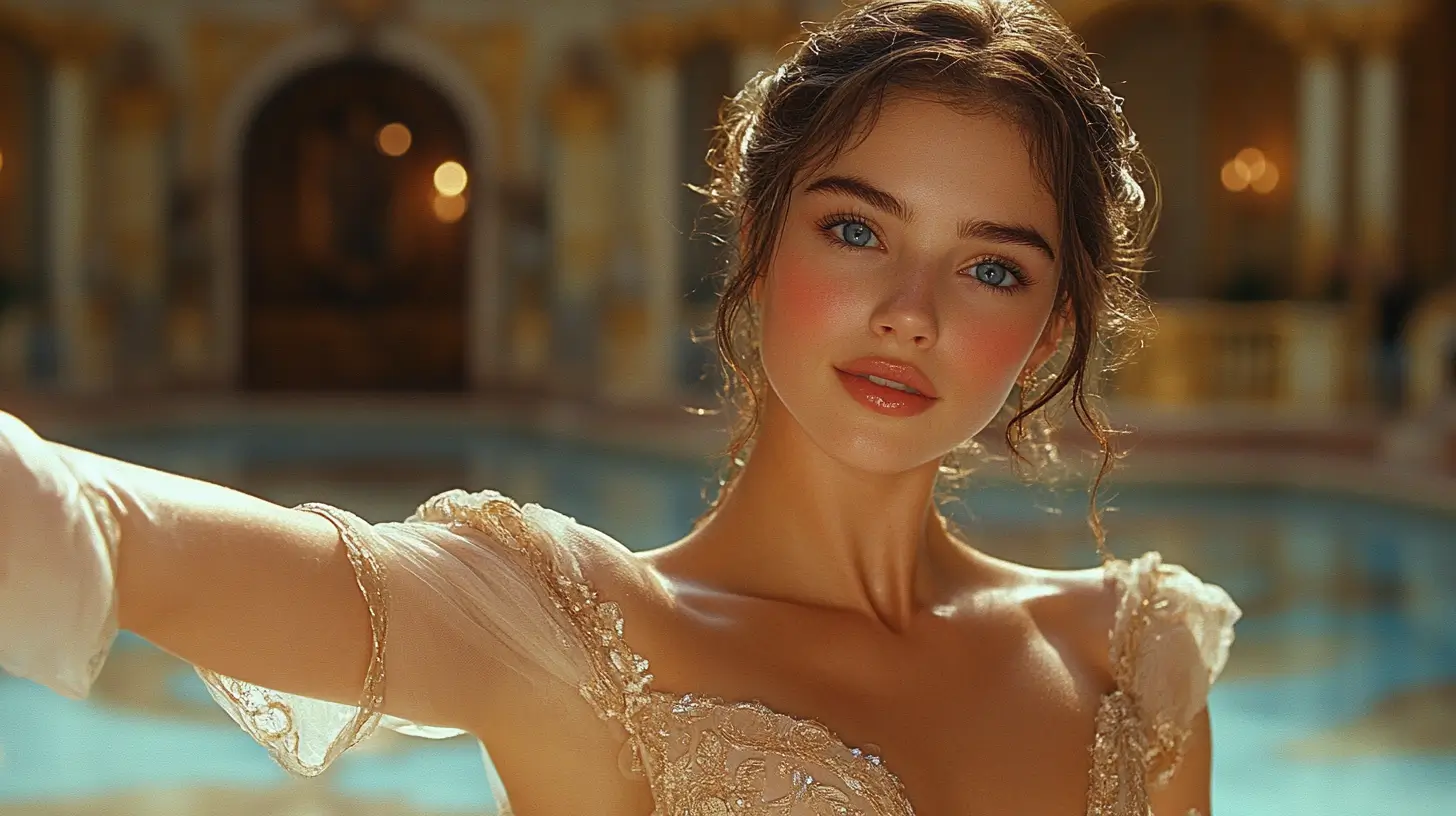
The romantic era of Ballet emerged in the late 18th and early 19th centuries, bringing a new focus on emotion, drama, performance, dance, and storytelling. We departed from classical Ballet’s formal and structured nature during this period, introducing a more expressive and fluid style.
Romantic ballets often explore themes of soulful passion, beauty, horror, good and evil, and the supernatural, creating a rich tapestry of narrative and movement. These elements are vividly brought to life in various ballet productions.
Notable ballets from this era include Giselle and La Sylphide, quintessential examples of English Romantic ballet style. These works are renowned for their dramatic and tragic storylines, which are brought to life through the expressive movements of the dancers. Pointe shoes became more prevalent during this period, allowing female dancers to achieve an ethereal and otherworldly appearance on stage.
Romantic Ballet emphasizes emotion and drama, with choreography that conveys deep feelings and complex narratives in a romantic style. Fluid and expressive movements allow dancers to explore a broader range of motion, creating a dynamic and engaging performance.
Storytelling and emotion in romantic Ballet continue to influence modern and contemporary dance, demonstrating its enduring impact.
Neoclassical Ballet: Stripping Down to Essentials
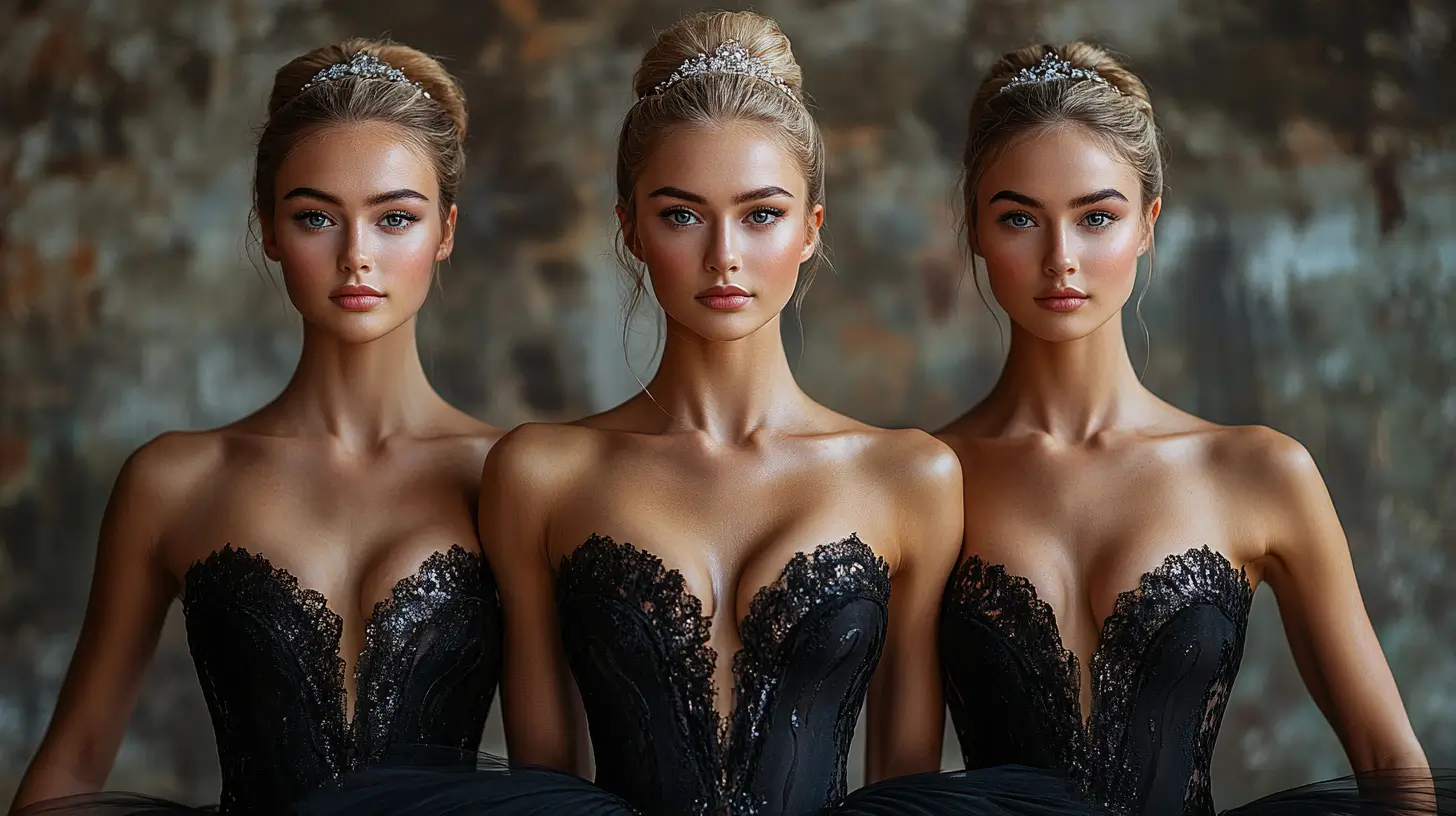
Neoclassical Ballet, a term often associated with the works of George Balanchine, strips away the elaborate costumes and sets of earlier ballet styles, focusing instead on the purity of movement.
This approach highlights the dancers’ physicality and dynamic movement contrasts, creating a powerful form of expression. Many ballet companies perform neoclassical works to showcase their dancers’ technical prowess and artistic versatility.
Balanchine’s choreography is known for its strong lines and angular shapes, which showcase the dancers’ technical skills and physical strength. His works often feature extended limbs and open hand positions, aiming for a more expansive visual effect. The minimalist style directs the audience’s focus to the dancers’ movements and the emotional content of the performance.
One of the most notable examples of the romantic ballet style of neoclassical Ballet is Balanchine’s ‘Apollo,’ which follows the title character’s development and interactions with three Muses. Simple white costumes in the minimalist design enhance the focus on movement and interaction, highlighting classical aesthetics while pushing traditional ballet boundaries.
Contemporary Ballet: Blending Tradition with Modernity
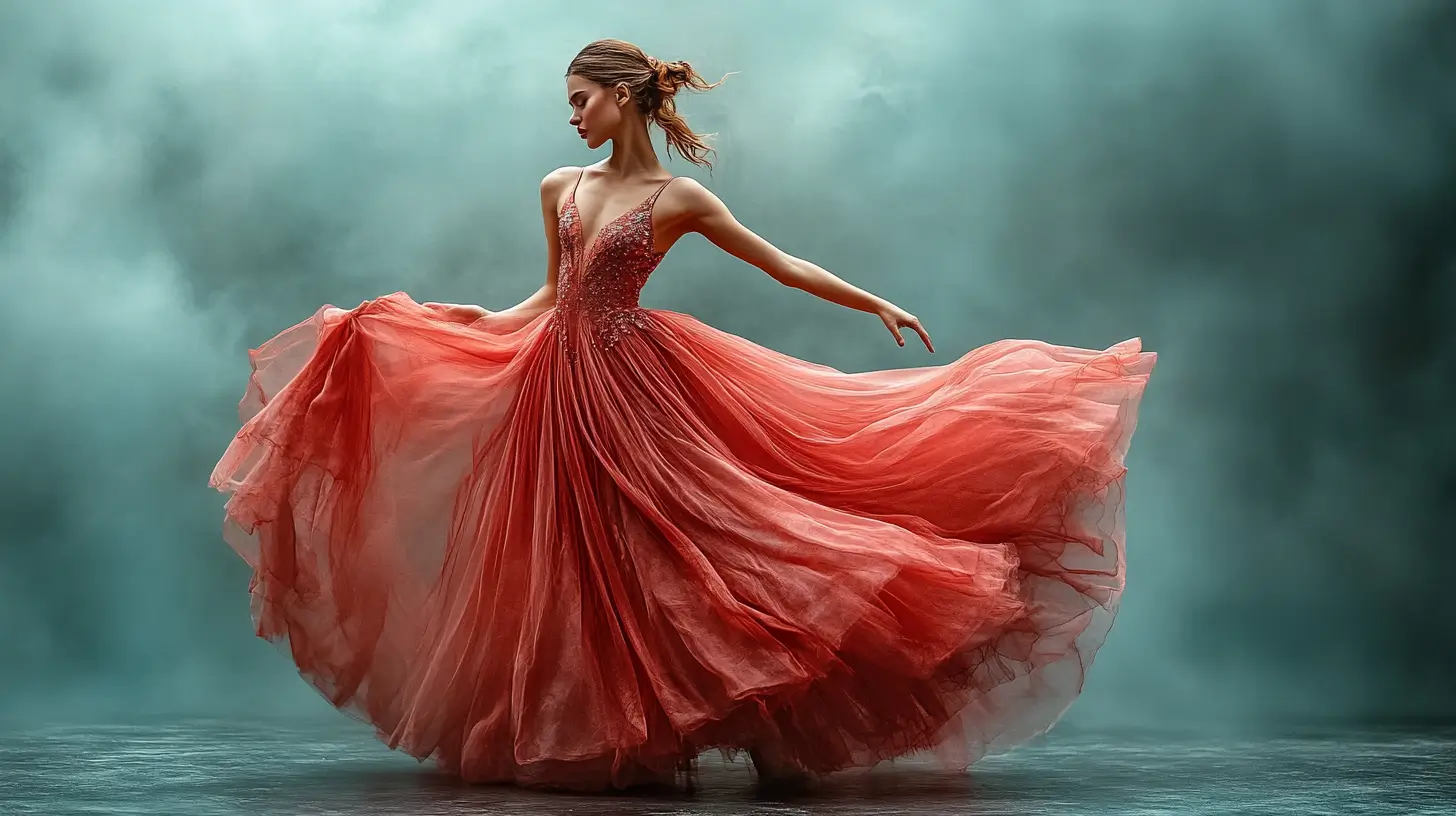
Contemporary Ballet dynamically blends classical techniques with modern dance elements, showcasing a contemporary ballet style that allows for greater experimentation and creativity in other dance forms, breaking away from the rigid conventions of traditional Ballet. Contemporary Ballet often incorporates improvisation, modern techniques, and innovative choreography, resulting in a distinctive and engaging performance.
George Balanchine introduced neoclassical Ballet to the United States, blending classical techniques with modern movements. His influence paved the way for contemporary Ballet, which evolved under choreographers like William Forsythe.
Forsythe’s work is known for integrating improvisation and modern dance elements, pushing the boundaries of what Ballet can be. Ballet choreographers play a crucial role in this evolution, continually redefining the art form.
Music plays a vital role in shaping contemporary ballet performances. Stravinsky’s score for Apollo combines neoclassical styles with rhythmic innovation, creating an engaging atmosphere that complements the choreography. This blend of classical and modern influences creates a unique style that appeals to a wide range of audiences, ensuring ballet remains relevant and exciting.
The Evolution of Ballet
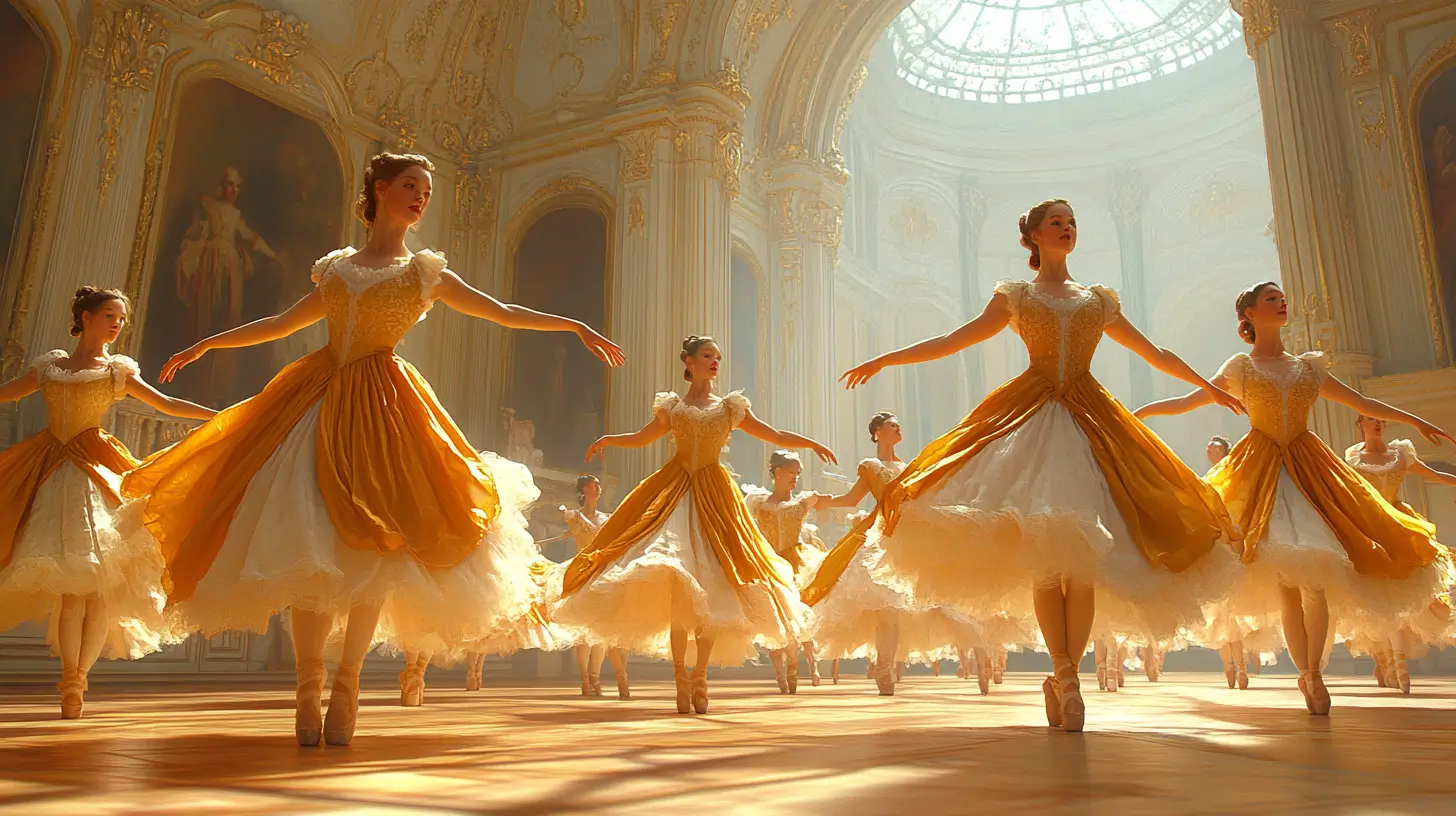
Ballet has undergone significant transformations since its inception, evolving from a form of court entertainment to a revered global art form. The classical ballet technique, developed in the 17th and 18th centuries, established the foundational principles of Ballet, emphasizing elegant lines, precise movements, and rigorous discipline.
This period saw the creation of iconic classical ballets, such as ‘Swan Lake’ and ‘The Nutcracker,’ which continue to be celebrated for their technical complexity and vibrant storytelling.
The 19th century ushered in the Romantic era, characterized by a shift towards dramatic and vibrant storytelling. Romantic ballets like “Giselle” and “La Sylphide” introduced fluid movements and pointe shoes, enabling female dancers to achieve an ethereal and otherworldly presence on stage.
This era emphasized the expressive potential of Ballet, exploring themes of love, beauty, and the supernatural.
In the 20th century, she sought further distinction with the emergence of neoclassical and contemporary ballet styles. Neoclassical Ballet, popularized by choreographers like George Balanchine, stripped away elaborate costumes and sets to focus on the purity of movement.
Conversely, contemporary ballet blends classical techniques with modern dance elements, allowing for greater experimentation and creativity in dance forms. Choreographers like William Forsythe push the boundaries of traditional ballet technique, incorporating improvisation and innovative choreography to create dynamic and engaging performances.
Today, Ballet continues to evolve, incorporating modern dance techniques and styles while maintaining its classical roots. This ongoing evolution ensures that Ballet remains a vibrant and relevant art form, captivating audiences and inspiring new generations of dancers and choreographers.
Technical Methods of Ballet Instruction

Various technical methods guide ballet dancers’ training, performance, and development, with major styles each having its unique approach and emphasis. Classical ballet training usually spans seven to eight years, combining academic education with rigorous dance instruction.
This structured approach develops the necessary skills and discipline for professional performance. Ballet schools play a crucial role in providing this comprehensive training.
Several prominent ballet instruction methods have been developed, contributing to the diverse world of ballet. These include the classical French style, Vaganova, Cecchetti, Bournonville, Royal Academy of Dance, and Balanchine methods. Each method’s distinct characteristics and training techniques shape dancers’ approach and performance.
French Method: Precision and Elegance
The full French ballet method is rooted in late 16th-century traditions and emphasizes precision and elegance. Movements in this style are clear and rounded, reflecting the refined, graceful lines characteristic of classical Ballet.
The full French method remains foundational in ballet training and influences many other styles and techniques. Ballet classes often incorporate elements of the French method to instill these qualities in students.
The French method continues to influence modern ballet training, with figures like ballet master Rudolf Nureyev contributing to its revitalization. The French school of method’s emphasis on precision and elegance ensures dancers achieve high technical proficiency while maintaining classical Ballet’s aesthetic qualities.
Vaganova Method: Russian Strength and Flexibility
Developed in Russia, the Vaganova method integrates elements from various ballet styles. It prioritizes strength and flexibility in training and emphasizes developing power and control, allowing dancers to execute movements precisely and confidently.
The rigorous training regimen builds the physical strength necessary for demanding performances, drawing from the rich tradition of Russian classical dance. Ballet exercises are a fundamental part of this full training system, focusing on technique and discipline.
Flexibility, another key aspect of the Vaganova method, allows dancers to perform a variety of movements and achieve greater expressiveness. Balanced arm and leg movements ensure dancers maintain harmony and aesthetic appeal.
Cecchetti Method: Anatomical Approach
Named after Enrico Cecchetti, this method emphasizes body coordination and graceful lines through an anatomical approach. It focuses on precise upper body positioning and fluid movements, promoting a unified and aesthetically pleasing performance.
The Cecchetti method encompasses various major styles of ballet and essential ballet movements for mastering technique.
Bournonville Method: Danish Grace
Light, graceful movements and smooth transitions characterize August Bournonville’s methods. They emphasize natural grace and elegance, creating a welcoming connection with the audience through fluid and expressive movements. This emphasis on lightness and grace makes this method captivating and visually appealing, and it is often showcased in ballet performances.
A distinctive feature is the use of diagonal épaulements and basic arm positions, enhancing the natural flow of movements. This approach ensures dancers maintain anatomical correctness while performing harmoniously and gracefully.
The Bournonville method’s focus on simple yet elegant movements continues to influence modern ballet training and performances.
Royal Academy of Dance Method: Structured Progression
Established in 1920, the Royal Academy of Dance method promotes a structured and progressive approach to ballet training.
The Italian method includes a detailed grading system to guide students through their ballet education. This system ensures a slow and steady mastery of techniques. The structured progression helps dancers develop their skills systematically, enabling them to achieve high proficiency.
The emphasis on gradual progress helps students build a strong foundation in classical ballet technique, preparing them for advanced training and professional performances. This structured approach has made it a significant institution in Ballet, contributing to the development of countless professional dancers.
The Royal Academy of Dance method is well-known for its academic training system and comprehensive ballet syllabus, which outlines the specific skills and techniques to be mastered at each level.
Balanchine Method: American Innovation
Influenced by Russian Ballet, the Balanchine method is known for its speed and unconventional positions. It transforms classical Ballet into a more dynamic and expressive art form. This method emphasizes rapid movements and innovative choreography, pushing the boundaries of traditional ballet and creating a unique style. It incorporates various ballet techniques to achieve its distinctive look.
George Balanchine’s emphasis on speed and innovation has significantly impacted Ballet’s evolution, inspiring countless modern dancers and choreographers. The focus on energetic and unconventional movements continues to shape modern ballet interpretations, ensuring the art form remains vibrant and relevant.
Basic Ballet Terminology for Beginners
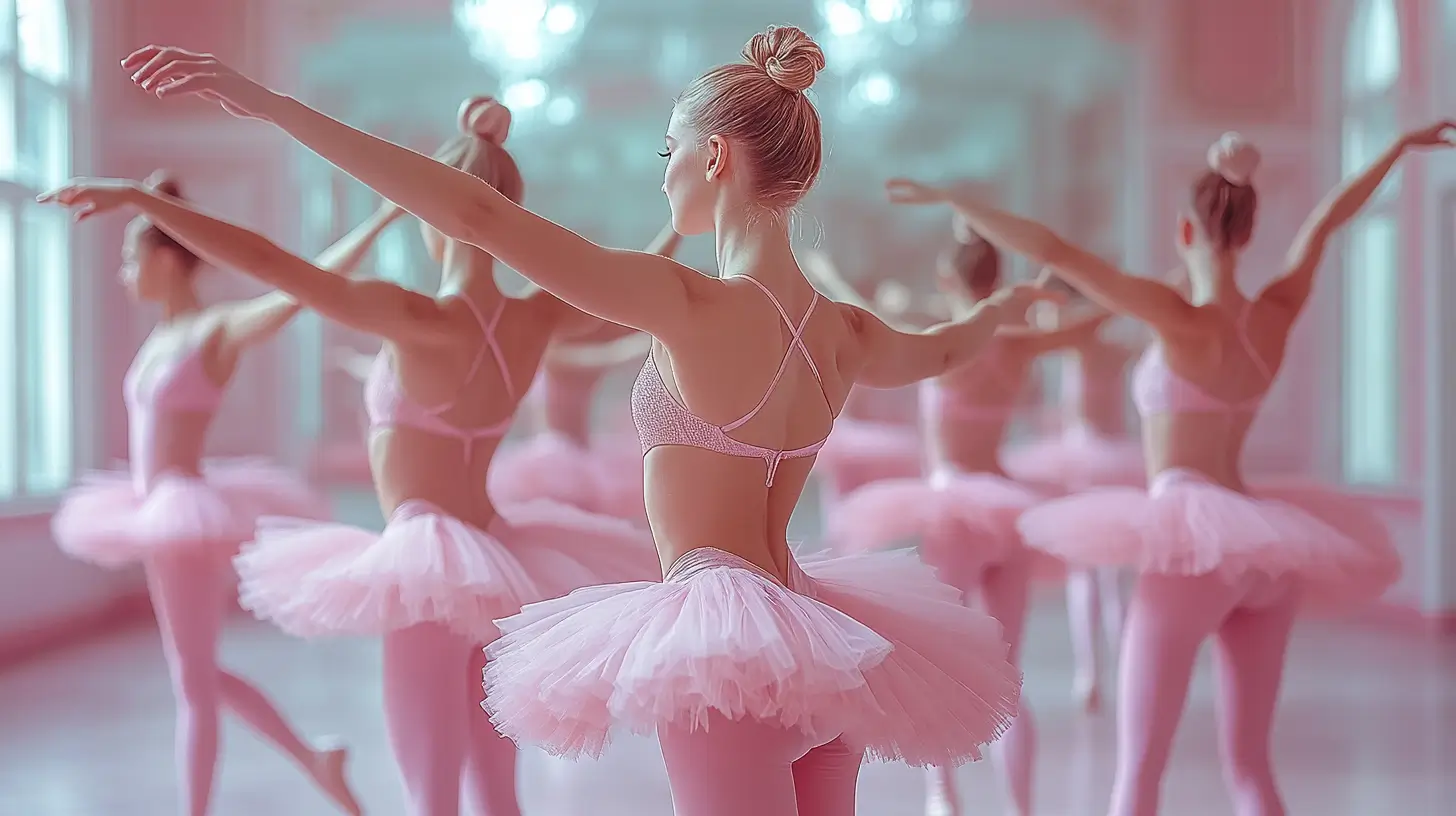
Understanding basic ballet terminology is crucial for anyone new to Ballet. Terms like plié, meaning ‘bent,’ refer to the fundamental movement of bending the knees while keeping the feet turned out. Plié has two variations: demi, a half-bend, and grand, a full bend. Mastering these basic movements helps develop a solid foundation in ballet technique itself.
Ronde de jambe involves circular movement with one leg while balancing on the other. This movement is essential for developing coordination and balance, key components of ballet training. Sauté, meaning ‘jump,’ indicates that a movement should be executed with a jump, adding dynamism to the performance.
Other fundamental terms include arabesque, in which the dancer balances on one leg while extending the other leg behind, creating a seamless line with the body. Battement Tendu involves sweeping the leg across the floor while keeping the foot straight, and a pirouette is a spinning move that rotates 360 degrees on one foot. Understanding these terms enhances appreciation of ballet performances and helps beginners better engage with the art form.
Resume
Exploring Ballet’s various styles and techniques reveals the rich history and dynamic evolution of this captivating art form. From the foundational elements of classical Ballet, emphasizing elegant lines and precise movements, to the emotional depth of romantic ballets, Ballet inspires and moves audiences worldwide.
Neoclassical ballet strips away the excess to focus on pure dance expression, while contemporary Ballet blends tradition with modernity, pushing the boundaries of what Ballet can be.
The technical methods of ballet instruction, such as the French, Vaganova, Cecchetti, Bournonville, Royal Academy of Dance, and Balanchine methods, each offer unique approaches to training and performance. Together, they shape professional ballet dancers who can perform with strength, grace, and innovation.
Understanding basic ballet terminology also enhances our appreciation of the art form, making the experience of watching or participating in Ballet even more enriching. Ballet continues to captivate and inspire dancers and audiences with its timeless beauty and complexity.
Ballet is a rich and diverse art form with a centuries-long history and a global reach. From the foundational elements of classical Ballet, which emphasize elegant lines and precise movements, to the emotional depth of romantic ballets, Ballet inspires and moves audiences worldwide.
Neoclassical ballet strips away the excess to focus on pure dance expression, while contemporary Ballet blends tradition with modernity, pushing the boundaries of what Ballet can be.
Whether you are a professional ballet dancer or a ballet enthusiast, the world of Ballet is a fascinating and rewarding place to explore. With its emphasis on technique, expression, and storytelling, Ballet continues to captivate audiences worldwide, inspiring new generations of dancers and choreographers to push the boundaries of this timeless art form.
Ballet continues to captivate and inspire dancers and audiences with its timeless beauty and complexity.

